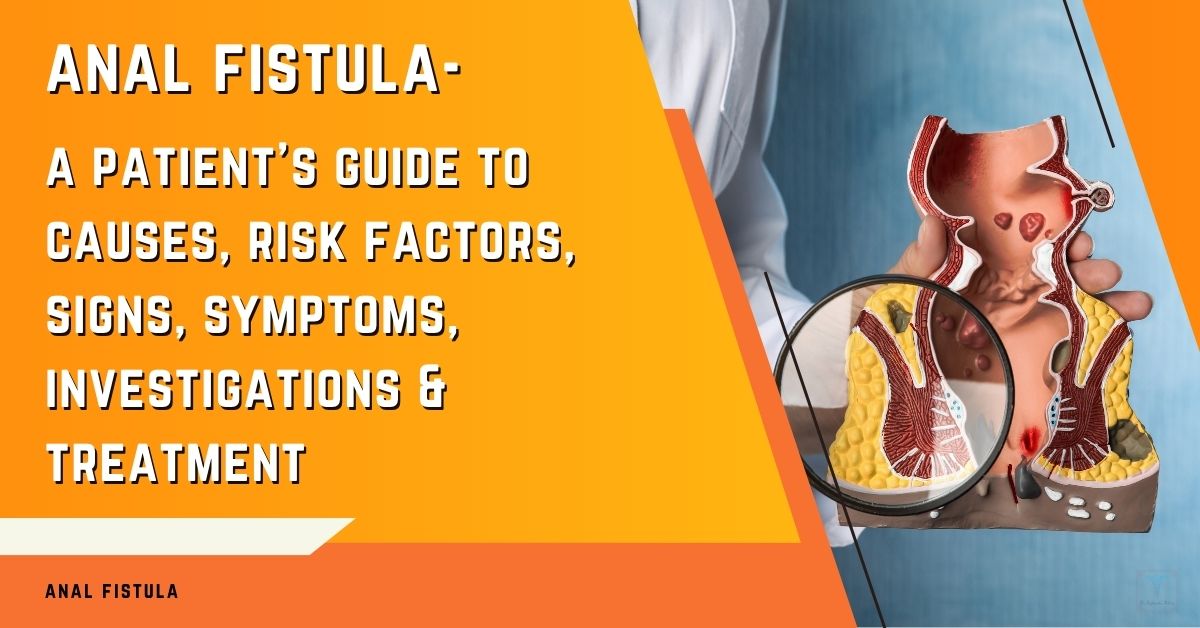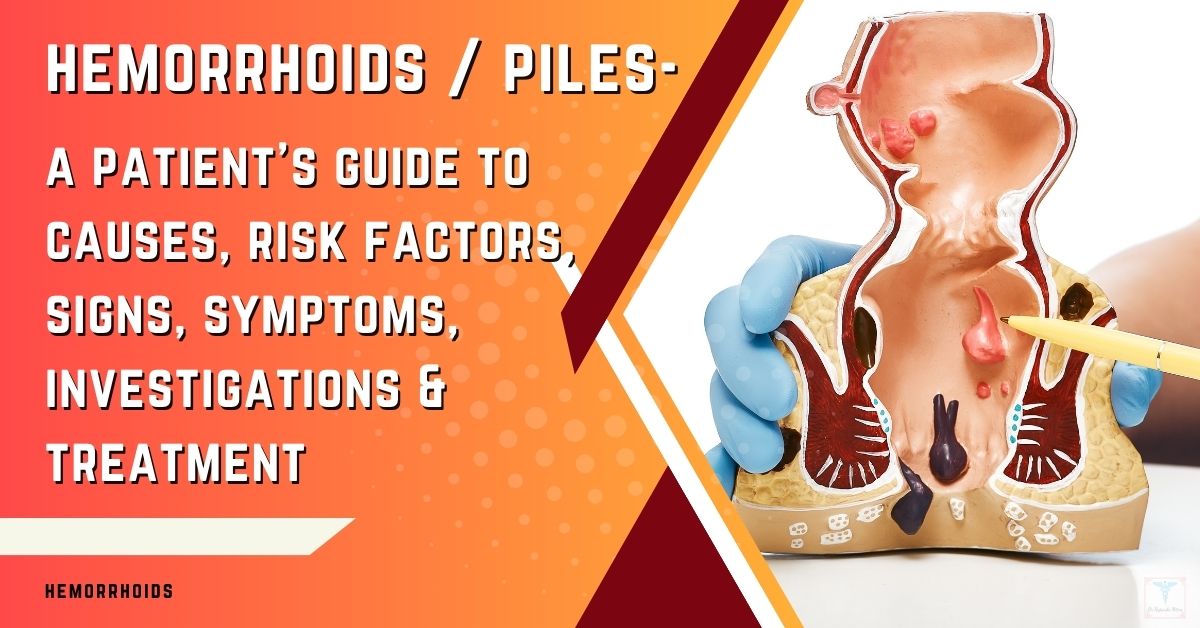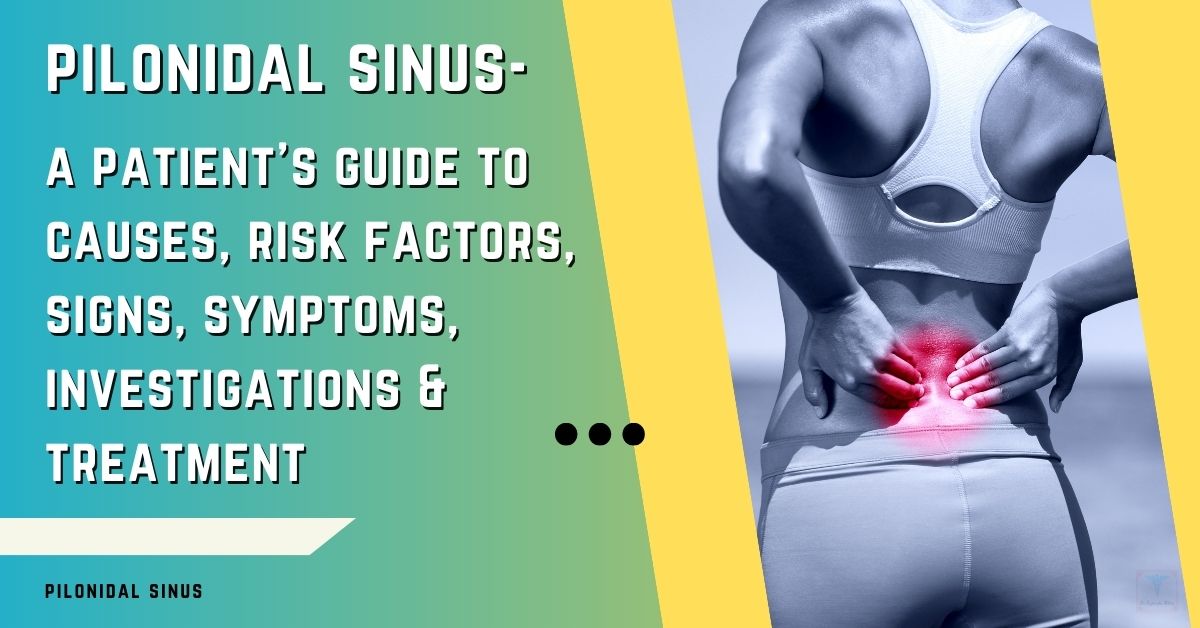An anal fistula is a small tunnel that develops between the end of the bowel and the skin near the anus. This abnormal connection can lead to pain, discomfort, and recurrent infections. While anal fistulas rarely heal on their own, they can be effectively treated with surgery. The type of surgery recommended for you will depend on several factors, including the fistula’s location and complexity.
Treatment for Anal Fistulas
- Surgery is the primary treatment for anal fistulas.
- The specific surgical procedure depends on the type and location of the fistula.
- Non-surgical options like setons or fibrin glue may be used in some cases, often as a temporary measure.
- Post-operative care involves pain management, wound care, and dietary changes.
- The success rate of surgery is generally high, with most patients experiencing full recovery.
Types of Surgical Procedures
The most common surgical procedures for anal fistulas include:
- Fistulotomy: This procedure involves opening the fistula along its entire length and allowing it to heal from the inside out. It’s suitable for simple fistulas that don’t involve much of the sphincter muscles, as there’s a lower risk of affecting bowel control.
- Seton Placement: A seton is a piece of surgical thread or rubber looped through the fistula. It can be used to drain the fistula over time, promoting healing. Setons are often a temporary measure before definitive surgery, particularly for complex fistulas.
- Advancement Flap Procedure: In this procedure, a flap of healthy tissue is taken from the rectum and used to cover the internal opening of the fistula. This helps to promote healing and reduce the risk of recurrence.
- LIFT Procedure (Ligation of Intersphincteric Fistula Tract): This newer procedure involves accessing and closing the fistula tract between the sphincter muscles. It can be a good option for complex fistulas, as it aims to preserve the sphincter muscles and maintain bowel control.
Non-Surgical Options
In some cases, non-surgical treatments may be considered, usually as temporary measures or for specific situations:
- Fibrin Glue: This biological adhesive can be injected into the fistula tract to seal it. While it’s less invasive than surgery, its long-term effectiveness is variable.
- Plug: A plug made of collagen or other materials can be inserted into the fistula tract to promote healing. However, it’s not suitable for all types of fistulas and may have a lower success rate than surgery.
Post-Operative Care
After surgery, you’ll receive instructions for post-operative care, which may include:
- Pain management: You’ll likely be prescribed pain medication to help manage any discomfort.
- Wound care: Keeping the area clean and dry is crucial for healing. You may need to soak in a sitz bath several times a day.
- Dietary changes: Eating a high-fiber diet and drinking plenty of fluids can help soften stool and prevent straining during bowel movements, which can put pressure on the healing fistula.

Key Takeaways
- Surgery is the most effective treatment for anal fistulas.
- There are various surgical procedures, and your surgeon will recommend the best one based on your specific case.
- Non-surgical options may be used in some cases, but they’re often temporary or less effective.
- Following post-operative care instructions is crucial for a smooth recovery.
- The success rate of fistula surgery is generally high, and most patients can expect full recovery.
If you’re experiencing symptoms of an anal fistula, such as pain, drainage, or swelling near the anus, it’s important to consult with a healthcare professional to discuss your treatment options. Early diagnosis and treatment can lead to a faster recovery and reduce the risk of complications.

















